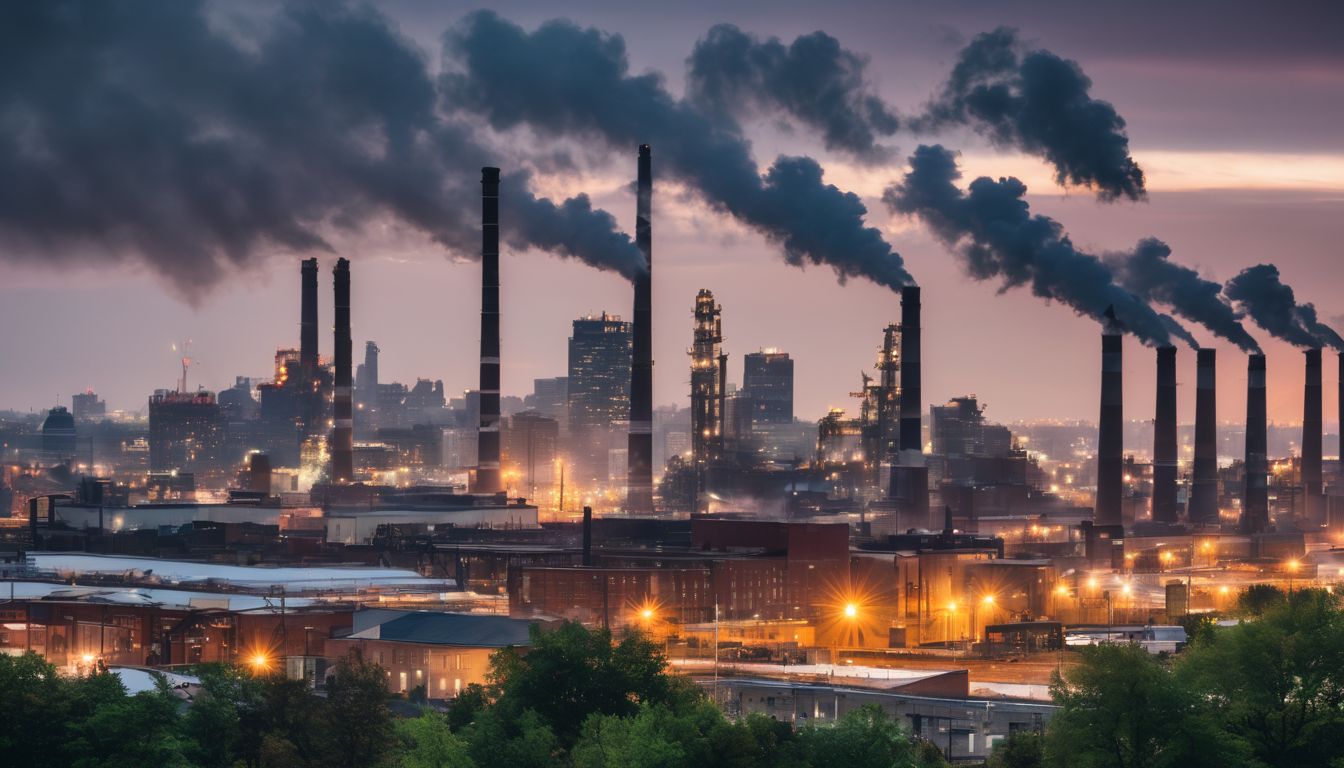One of the greatest mysteries in all of human civilization may be gaining some clarity, with cautionary lessons to be learned by us today. With numerous proposed reasons for the Mayan collapse, there has always been constant debate regarding its sudden collapse. Recent papers published argue that declining rainfall likely served as a tipping point for the sudden collapse of many of the cities in the Mayan civilization.1 According to an increasing number of archaeologists and historians, the Mayan civilization faced a series of rainfall deficits (there is still debate about whether it reached drought status) between AD 800 and 1000.2 Recent findings arguing that the shortages were closer to 40% than drought stage raise questions as to why a modest decline in precipitation could be so devastating.3 There were two major factors involved: the direct damages the Maya caused to their surrounding environment which encouraged drought-like conditions, and sheer short sightedness by the leaders of the time.
Drought
Mayan land-use practices exacerbated the drought like conditions. By the end of the first millennia, the Maya were rapidly expanding, reaching a population density of 1,800 to 2,600 people per square mile in their urban core (Los Angeles averages 2,345 people per square mile).4 This incredible population boom necessitated far more resources, which the Maya obtained through widespread and a decrease in water storage capacity (trees hold an incredible amount of water in their systems). Slash and burn agriculture is the case study on why short term gains can destroy you in the long run. Tropical soils are particularly vulnerable to these destructive techniques, as they have a very thin soil layer that is dependent on rapid nutrient turnover from decomposing materials. When the biota is removed from the system, the entire nutrient cycle is thrown off, destroying the soil and its ability to regulate moisture and provide nutrients for new plants to grow.
Lack of Planning
Maya leaders demonstrated an alarming lack of foresight to plan ahead. Many of the Mayan cities were built in areas without close freshwater sources. To get around this, they engineered a system of water management and storage to transfer freshwater to these areas, but the system was highly dependent on a consistent supply of rainfall. The Yucatan peninsula lacks a consistent summer rainfall, with 95% of the Mayan population having been dependent solely on water storage from sources such as lakes, rivers, ponds, and reservoirs for their drinking water supply.5 Yet the allure of short term gains through slash and burn agriculture and rapid population expansion were too promising for the Mayan kings at the time. In the words of Jared Diamond:
Well the kings had managed to insulate themselves from the consequences of their actions – in the short run. Even while the forests were being chopped down, they were still being fed well by the commoners, they were in their wonderful palaces. And the kings didn’t recognize that they were making a mess until it was too late, when the commoners rose in revolt.6
What about the Other Theories?
Chaac, Mayan rain godWhile the drought theory for Mayan collapse certainly has allure, especially given its relevance to today, there is considerable debate regarding the causes of the Mayan collapse. In an effort to better understand the effects of drought on the collapse, scientists have been developing methods to utilize various proxies, such as oxygen isotopes or levels of titanium in sediment cores to estimate temperature and precipitation during the famed Maya collapse. Their work over the last couple of decades suggests that there were three episodic droughts around AD 810, 860, and 910 that were short lived.7 While the Maya were able to adapt to these short term disruptions, they were unable to understand or comprehend the longer term decline in rainfall that underlay these episodic droughts. Recent research suggests that over the course of 200 years from AD 800 to 1000, rainfall levels dropped 40%.8 This amount is considered to be modest and the impact of it is considered to have been exacerbated by Mayan dependence on a constant source of fresh water and their inability to foresee the long term climate patterns.
Numerous other theories exist about the collapse, and all have significant research as support. Ranging from social turmoil, to foreign invasion, to disruption in trade routes, each likely paid somewhat of a role in the Mayan collapse. Not to mention that the Mayans proved their ability to adapt to a changing climate before when rising sea levels inundated their farms, forcing them to develop technologies to drain the farms and convert to wetland farms.9
There is no doubt that climate change played a significant role in Mayan society. Significant rainfall reductions certainly could not have helped their civilization as they struggled with numerous other conflicts, both internally and externally. Today, we would do well to heed advice from our global past, so we are not doomed to repeat our mistakes. If anything, it seems that our leaders need to weigh climate change as part of a risk management portfolio. Unlike the Maya we are able to carefully track our climatic changes over time and use models to develop an understanding of our future. As we have seen over the last few years with the enormous floods, scorching fires, and numerous earthquakes and tornados, we are not immune to our environment.
Let’s end by going back to an interview of Jared Diamond, the author of Collapse: How Societies Choose to Fail or Succeed, and his take on the Mayan collapse:
Why didn’t the Mayan kings just look out the windows of the Palaces and see the forests getting chopped down, soil being eroded down at the valley bottom. Why didn’t the kings say `stop it’? Well the kings had managed to insulate themselves from the consequences of their actions – in the short run. Even while the forests were being chopped down, they were still being fed well by the commoners, they were in their wonderful palaces. And the kings didn’t recognize that they were making a mess until it was too late, when the commoners rose in revolt.10




